A Self-Interview: Shuko by Shuko

Photographer and Clients (Yokohama, Japan)
ONE: At what point in the development of your photography do you think your images will start to speak for themselves?
Henri Cartier-Bresson is known to have said, “Your first 10,000 photographs are your worst.” I believe him.
I admit that I feel a long way off from having a consistent “body of photography work,” but in
the meantime, repeated efforts and studying others’ works feel very important.
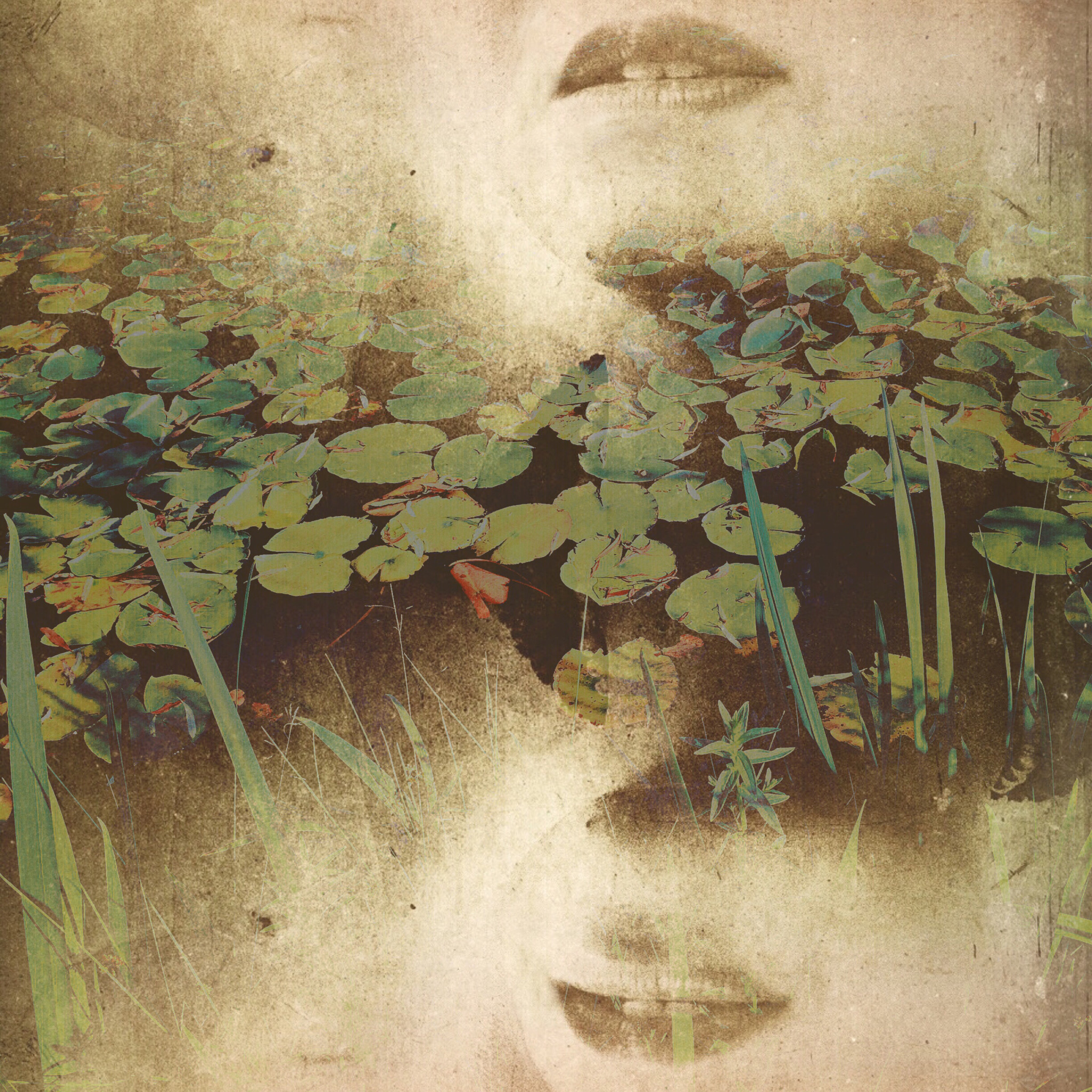
Self-portrait with Water Lilies (Naoshima, Japan)
TWO: Whose photography have you studied? Which photographers and their works have impacted you the most in times to come?
Some photographers who come to mind are: Richard Avedon, Henri Cartier-Bresson, Annie Leibovitz, Peter Lindbergh, Alfred Stieglitz, Hilla and Bernd Becher, Helen Levitt, Diane Arbus, Imogen Cunningham, Dorothea Lange, Cindy Sherman, Graciela Iturbide, Denis Brihat, and Rinko Kawauchi.

Ready for the Journey (Toulouse, France)
It doesn’t seem like a huge list, but I ended up focusing on painting within the major of Visual Arts during college, so my inspirations are drawn from many disciplines.

Abstract Self-Portrait (Japan)
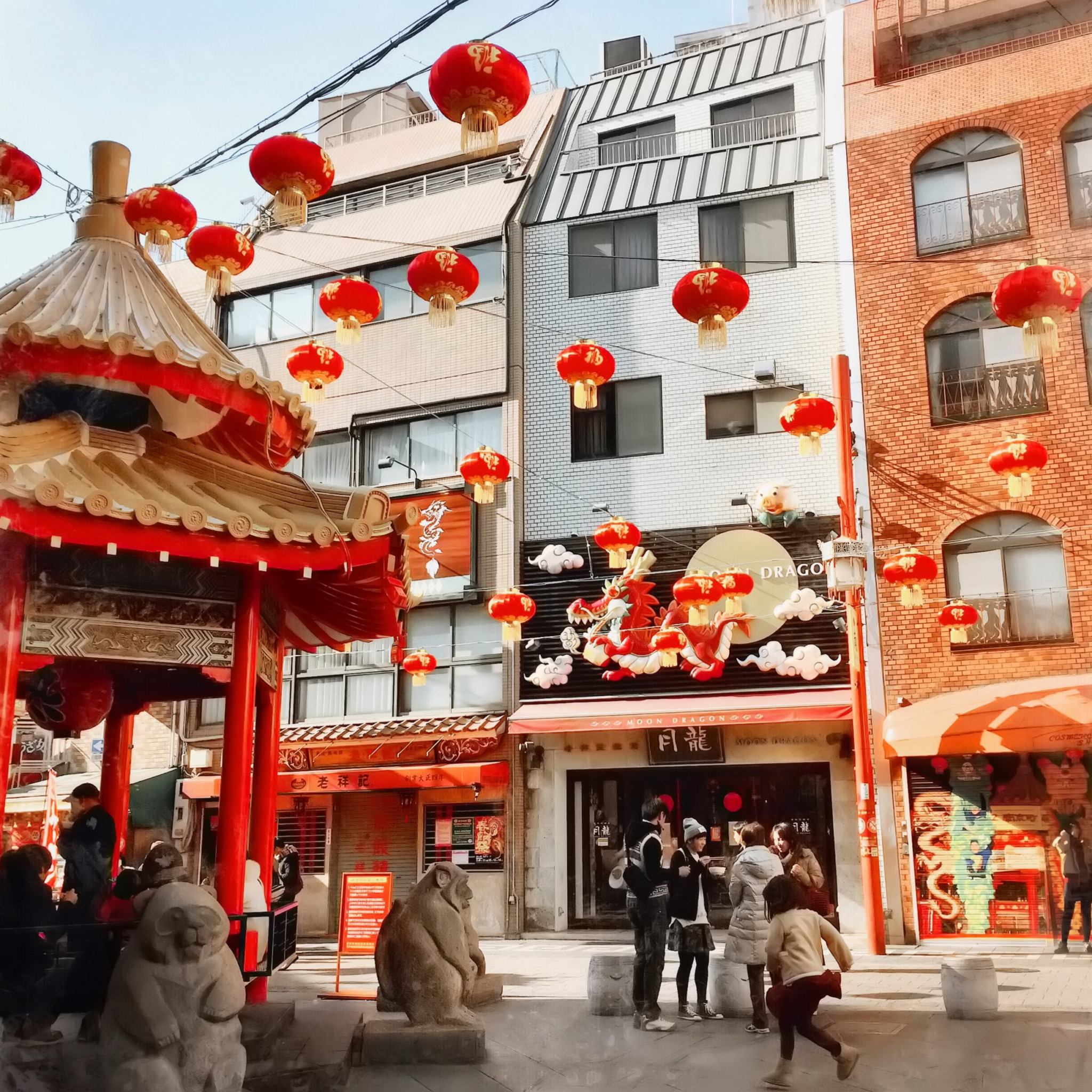
New Year’s Eve in Chinatown (Kobe, Japan)

Street Dancers (Shinjuku, Tokyo, Japan)
In particular during high school, I was really influenced by Richard Avedon. His 1994 retrospective at the Whitney Museum of American Art, “Evidence 1944-1994”, brought with it the opportunity to see him speak at a special lecture for high school students. My family lived one hour south of New York City, so I hopped on the train after school one day and was blown away by the photographer’s raw energy. His honest portraiture, which captured the uniqueness of the human spirit and body which was printed at a bigger-than-life scale, has left a lasting impression on me.
Before seeing the retrospective, I remembered reading about him and his work in magazines. He loved the photographed image so much that he apparently used to tape film negatives to his skin and expose them under the sun until the images burned onto his skin.

Lady with a Purple Parasol (Tokyo, Japan)

Univers Parallèle – Parallel Universe – 異世界 (Toulouse, France)
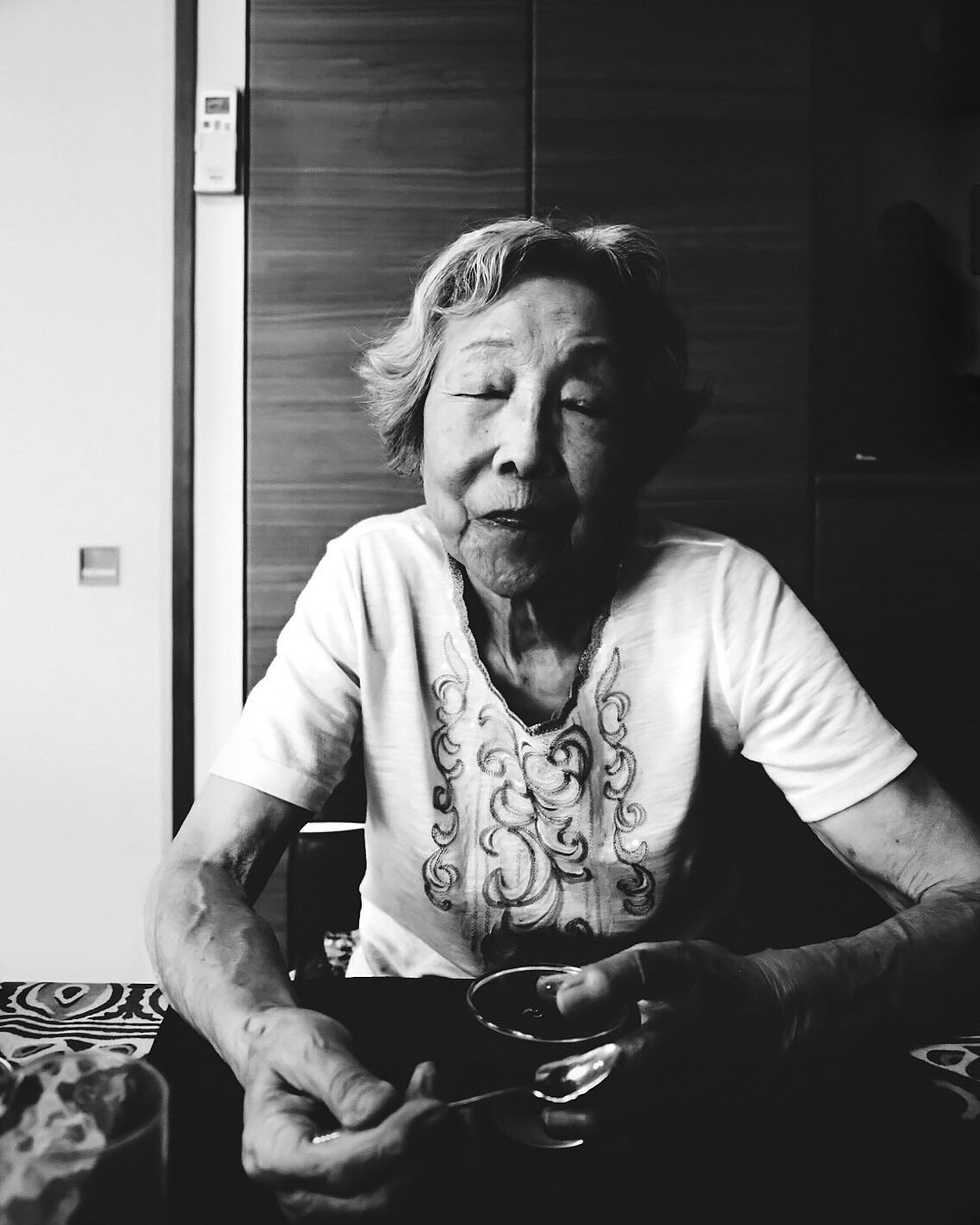
Portrait of My 91-year-old Grandmother (Tokyo, Japan)
Another photographer I met during my time studying abroad in southern France had a deep impact on me. His name is Denis Brihat, and he’s a multi-award winning nature portrait photographer who created his own chemical process to highlight the beauty of his inanimate subjects on photo paper. He was an advisor to a black and white photography class I took, and I will never forget him talking about a ten year period during which he was very quiet, developing his own method of photography. At that time, I understood better the possibility of portraiture in a wide range of categories.

Mt. Daisen (Tottori Prefecture, Japan)

Falling into an Underground Pocket (Tokyo, Japan)
THREE: You’ve talked about printed photographs by photographers you admire. How important is the printed product to you? We live in such a digital age now – how do you reconcile the difference between the wide availability of digital images and the decreasing number of images that exist as prints?
Yes, the tactile product holds a lot of significance for me since I trained as a painter. But it’s a whole different category of product now, more than ever, it seems. Ansel Adams is known to have said, “Twelve significant photographs in any one year is a good crop.” These days, that would sound absurd to hear from the mouth of a celebrated photographer! I currently live in Japan, but before I came, I was creating paintings that included photographic images printed on inkjet tissue paper. If I were still making those, twelve “photographic paintings” in one year would indeed be “a good crop”.

Gate 2 at Izumo Taisha Grand Shrine (Izumo, Japan)

Open Sesame (Kanazawa, Japan)

Rooftop Poolside (Barcelona, Spain)
FOUR: What about travel? How long have you been traveling, and what do you look for these days when you travel?
Traveling is of utmost importance to me! I’ve been traveling since I was a baby, and I have come to accept that I am always living “abroad” in one way or another. That probably sounds like an unstable mindset, but being at peace with it has opened up a lot of freedom in my thinking. For example, it allows my creative work to be more of a home to me than any geographic location. So actually, the longer I go without working on my creative projects, the more insecure and “homeless” I feel. In photography, the process of photographing and the process of editing for public viewing help me feel “at home” even if I am in a country that I wouldn’t identify as my native country.

Contemplation (Oita, Japan)
FIVE: How would you describe your relationship to architecture?
I’m pretty sensitive to spaces. Deep down, my interest in architecture is about one day finding or making a “real home” where I can work on many kinds of creative projects – a deluxe art studio. But in general, I’m keenly interested in how people build homes and other buildings for specific uses. It’s linked to my fascination about how people make themselves at home in the world – how they make themselves comfortable (personally and professionally) in order to live secure, fulfilling lives.
SIX: What inspires you, and what do you hope to inspire in others?
I’m inspired by a life lived with resolve – the ability to find and determinedly put into practice many original solutions amidst life’s challenges. It’s possible that I photograph people and places that speak to this topic. I hope that in the long run, my work can be strong enough to encourage people to live bigger than what they believed possible.
To see more of Shuko’s work, please visit her Instagram
About Author

Latest stories
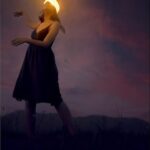 CommunityDecember 31, 2020We Bid Adieu
CommunityDecember 31, 2020We Bid Adieu Alexandra PrestonDecember 31, 2018December Wishes from Grryo
Alexandra PrestonDecember 31, 2018December Wishes from Grryo StoriesMarch 11, 2018The Marigoldroadblog Project by Adjoa Wiredu
StoriesMarch 11, 2018The Marigoldroadblog Project by Adjoa Wiredu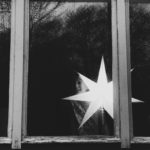 Antonia BaedtDecember 22, 2017‘Tis a Jolly Grryo Christmas
Antonia BaedtDecember 22, 2017‘Tis a Jolly Grryo Christmas



It’s so good to learn more about you Shuko! Thanks for this wonderful piece!
Shuko,
I like many of your photographs and your “eye.” I was particularly struck by the one entitled “Falling into an Underground Pocket” because it reminded me of two of mine – taken many years apart. I am new to Grryo; I will try to add my two pictures if I can. If I am not successful, I can send them to your email address.
I live in Santa Barbara, California.